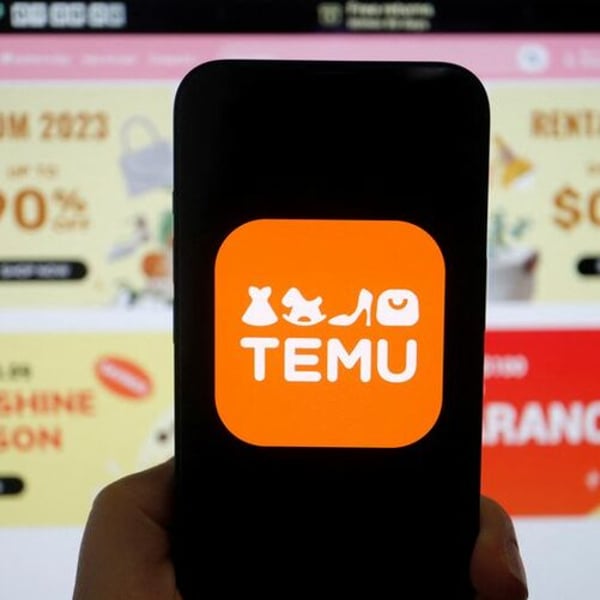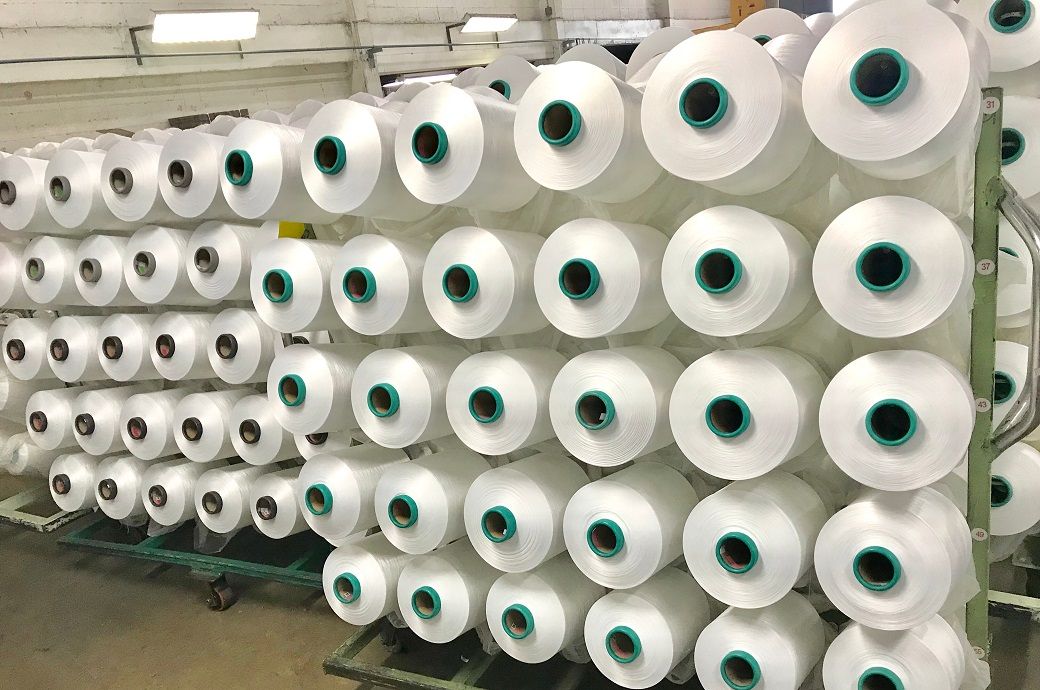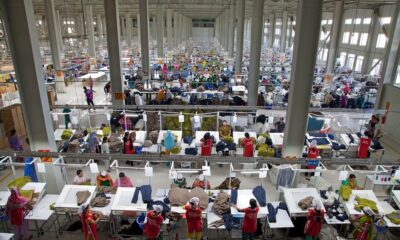Fashion
ASEAN manufacturing hits 14-month high in September

Output and new orders expanded solidly, with demand recording its joint-fastest growth in nearly two-and-a-half years. Purchasing activity also increased at the strongest pace in 13 months. Firms reported renewed hiring for the first time in seven months, though overall job creation remained marginal. Backlogs of work accumulated at the quickest rate in a year, pointing to rising pressure on capacity, S&P Global said in a press release.
Inventories showed mixed trends, with pre-production holdings broadly unchanged, while post-production stocks fell as companies tapped into inventories to meet demand. Input costs rose further, though inflationary pressures stayed historically moderate.
The ASEAN manufacturing sector strengthened in September, with the PMI rising to 51.6 from 51.0 in August, its highest since July 2024, according to S&P Global.
Output and new orders grew solidly, while purchasing activity hit a 13-month high.
Firms resumed hiring after seven months, though modestly, as backlogs surged.
Inventories showed mixed trends and business confidence reached a six-month peak.
Business confidence improved to a six-month high, as manufacturers cited stronger demand conditions and optimism for output growth over the coming year.
“The ASEAN goods-producing sector concluded the third quarter of the year on a strong note, underscored by solid expansions in new orders and output. Additionally, purchasing activity increased, and employment rose for the first time in seven months,” said Maryam Baluch, economist at S&P Global Market Intelligence. “Furthermore, the fresh accumulation of backlogs, coupled with the ongoing reduction of post-production inventories, suggests that manufacturers should have opportunities to further expand their workforce.”
“Although recent data indicates a slight increase in price pressures against a backdrop of easing monetary policy across much of the region and a strengthening demand climate, the rates remain historically muted. This suggests that these pressures are manageable and unlikely to adversely affect demand,” added Baluch.
Fibre2Fashion News Desk (SG)
Fashion
Ralph Lauren collaborates with Tópa for Fall/Holiday 2025 collection

Published
November 18, 2025
Ralph Lauren has unveiled its latest collaboration under the Artist in Residence program with Indigenous-led clothing label Tópa.
Polo Ralph Lauren x Tópa, offered within Polo Ralph Lauren’s Fall/Holiday 2025 lineup, highlights handcrafted designs rooted in the heritage of the Oceti Sakowin. The collection features modern silhouettes with Native design motifs in an assortment of men’s, women’s and accessories products.
Tópa was founded by husband-and-wife duo Jocy and Trae Little Sky, award-winning performers and designers who are members of the Mandan, Hidatsa, Arikara, Oglala Lakota, and Stoney Nakoda Nations. The couple incorporates traditional arts into their work.
“We’ve long admired Ralph Lauren and how the brand brings worlds to life through its designs and storytelling,” said Jocy. “This collaboration with Polo Ralph Lauren honors our community, culture and way of life, and we hope it inspires people to be proud of who they are, where they come from and to follow their dreams.”
The collection launches with a short film that shares Jocy and Trae’s artistry, family life and cultural celebrations that influenced the designs of Polo Ralph Lauren x Tópa, filmed on the ancestral lands of the Mandan, Hidatsa and Arikara Nations that are located on the Fort Berthold Indian Reservation in North Dakota.
Ralph Lauren’s Artist in Residence initiative collaborates with artisans preserving heritage craft, offering a platform for mutually creative partnerships while amplifying historically underrepresented voices. Polo Ralph Lauren x Tópa is the fourth collaboration in the program, following previous partnerships with Naiomi Glasses, Zefren-M, and Tyler Glasses.
A percentage of the purchase price of each item of the collection will be donated to Thunder Valley Community Development Corporation (CDC), specifically supporting its Lakota Language and Education Initiative.
Copyright © 2025 FashionNetwork.com All rights reserved.
Fashion
Temu-owner PDD Holdings beats profit expectations, outlook uncertain

By
Reuters
Published
November 18, 2025
China’s PDD Holdings beat forecasts on Tuesday with a 14% rise in third-quarter adjusted earnings, a sign that the e-commerce group’s steep discounts and heavy marketing spending bolstered demand in its home market.
Adjusted earnings per share of 21.08 yuan ($2.97) topped analysts’ average forecast of 16.84 yuan. However, U.S.-listed shares of the company, which runs the Pinduoduo platform in China and Temu internationally, were down about 5% in early trading.
Chinese retail majors such as PDD, Alibaba and JD.com have been wooing domestic shoppers with price cuts and billions of dollars’ worth of subsidised promotions during a prolonged period of subdued consumer confidence amid job worries and a weak property market.
Those discounts have translated into higher sales, although below PDD’s typically high double-digit rates of previous years.
PDD said revenue rose 9% in the quarter, while JD.com reported steady sales growth last week, pointing to strong demand for general merchandise and staples.
“We have seen many industry peers deploy significant capital to develop new business models, leading to increasingly fierce competition,” said PDD’s co-CEO Zhao Jiazhen on a post-earnings call with analysts.
He reiterated the firm expects financial results to continue fluctuating in the coming quarters as it invests in merchant support programmes and platform upgrades.
Globally, Temu and other cross-border platforms like Shein selling cheap goods from China to the rest of the world have come under pressure after the U.S. scrapped duty-free exemption on parcels worth less than $800 and the EU looks to introduce duties on low-cost packages from next year.
Temu was also among platforms cited by a French consumer watchdog last week for selling illicit products.
“Today, with a rapid evolution of trade barriers, we are seeing a significant shift in the regulatory environment for the global business. We will inevitably face greater challenges and uncertainties,” said co-CEO Chen Lei.
PDD reported revenue of 108.28 billion yuan for the quarter ended September 30, compared with the 108.41 billion yuan average of 15 analyst estimates compiled by LSEG.
Adjusted net income attributable to PDD’s shareholders was 31.38 billion yuan, compared with 27.46 billion yuan a year earlier.
The Singles’ Day sales festival, one of the biggest shopping events in China, also ended on a subdued note. Many retailers kicked off discounts in the first half of October, making it the longest festival to date.
Pinduoduo saw sales growth of 11.7% in the period, while JD.com’s and Alibaba’s platforms saw increases of 8.3% and 9.3%, respectively, according to data from Beijing-based tech and commerce consulting firm Analysys.
© Thomson Reuters 2025 All rights reserved.
Fashion
India’s QCO rollback boosts textile competitiveness, aids trade talks

However, during negotiations with the United States, the European Union and several other developed economies, these very QCOs were repeatedly flagged as opaque non-tariff barriers, complicating market access and slowing progress on key FTAs. When major trade partners made it clear that India’s expanding QCO regime was not aligned with global norms and posed compliance concerns under the WTO’s Technical Barriers to Trade framework, the long-pending course correction finally gained urgency, as industry insiders hinted about sudden policy shift of the Indian government.
The recent withdrawal of QCOs for essential textile raw materials—covering PTA, MEG, PSF, PFY, FDY, POY and several technical polymers—has opened the door for full value addition in India’s MMF and textile ecosystem. Manufacturers across weaving, knitting, processing, technical textiles and garmenting say the rollback has restored access to globally benchmarked inputs at competitive prices, reversing the cost escalation that had eroded export competitiveness. Industry representatives note that the move has already begun easing supply bottlenecks, narrowing the gap between domestic and global prices and encouraging companies to revive deferred expansion plans.
-

 Tech1 week ago
Tech1 week agoFrom waste to asset: Turning ethanol production CO₂ into jet fuel
-

 Tech3 days ago
Tech3 days agoNew carbon capture method uses water and pressure to remove CO₂ from emissions at half current costs
-

 Politics5 days ago
Politics5 days agoBritish-Pakistani honoured for transforming UK halal meat industry
-

 Sports3 days ago
Sports3 days agoTexas A&M officer scolds South Carolina wide receiver after touchdown; department speaks out
-

 Business3 days ago
Business3 days agoThese 9 Common Money Mistakes Are Eating Your Income
-

 Tech1 week ago
Tech1 week agoSecurity flaws in portable genetic sequencers risk leaking private DNA data
-

 Politics6 days ago
Politics6 days agoInternet freedom declines in US, Germany amid growing online restrictions
-

 Fashion4 days ago
Fashion4 days agoAfter London, Leeds and Newcastle, next stop Glasgow for busy Omnes


















